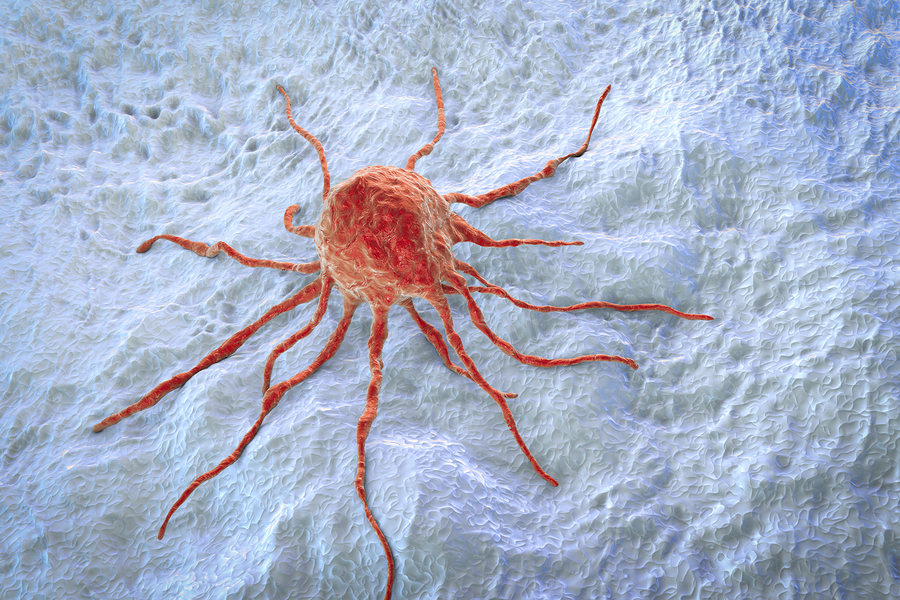In a report about the breakthrough recently published in the journal Nanoscale, researchers from the University of Surrey in the United Kingdom and Dalian University of Technology in China describe how they developed and tested the “self-regulating” nanoparticle.
Nanotechnology allows scientists to manipulate materials at the level of atoms and molecules at a scale measured in nanometers, or billionths of a meter. It is the scale at which the most basic units of biology and life operate. For instance, a strand of DNA is 2 nanometers thick.
Hyperthermia, or thermal therapy, is a type of treatment that uses heat to shrink or destroy tumors without harming healthy tissue. Its use is not widespread, and it is most often given in conjunction with other treatments, such as radiation therapy and chemotherapy.
RELATED STORY:
When it was first suggested as a treatment for cancer around 30 years ago, hyperthermia was received with much enthusiasm.
However, interest in hyperthermia soon waned as practical problems began to emerge, including the difficulty of precisely controlling the temperature of the target tissue.
Optimal temperature range
The researchers behind the new study explain that the optimal temperature range for hyperthermia to be effective as a cancer treatment is between 42°C and 45°C (108°F and 113°F). Keeping the temperature in this range can weaken or kill cancer cells without harming healthy tissue.
RELATED STORY:
“If we can keep cancer treatment sat at a temperature level high enough to kill the cancer, while low enough to stop harming healthy tissue,” explains senior author Prof. Ravi Silva, head of the Advanced Technology Institute at the University of Surrey, “it will prevent some of the serious side effects of vital treatment.”
Magnetic nanoparticles are tiny particles that respond to a magnetic field — for example, by getting hot. Researchers have recognized their potential for use in cancer hyperthermia; they could be sent to specific targets in the body and then heated up by applying a magnetic field outside the body.
However, the problem of how to control the temperature so that the nanoparticles do not also destroy healthy tissue remained. Are there ways to manipulate the magnetic properties of nanoparticles to achieve this?
‘Game-changer’ for hyperthermia
In their study paper, the team explains how adding chromium (Cr) to the chemically stable cobalt-zinc (Co-Zn) ferrite nanoparticle produced a Zn-Co-Cr ferrite nanoparticle that possessed the right properties.
When it reaches a temperature of 45°C (113°F) the new nanoparticle loses it magnetization, so that even if the magnetic field is still present, it does not heat up any further. This property is known as the “Curie temperature” of the material.
As lead study author Prof. Wei Zhang, from Dalian University of Technology, explains, “By making magnetic materials with the Curie temperature falling in the range of hyperthermia temperatures, the self-regulation of therapeutics can be achieved.” This would remove the need for “clumsy temperature monitoring and controlling systems.”
RELATED STORY:
Laboratory tests also suggest that the self-regulating nanoparticles have a “low toxicity” to healthy cells, note the authors.












